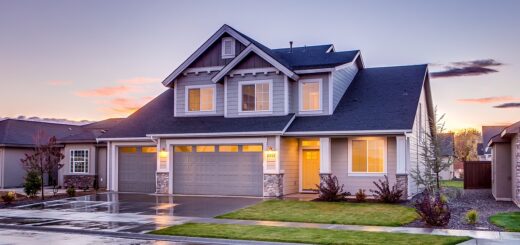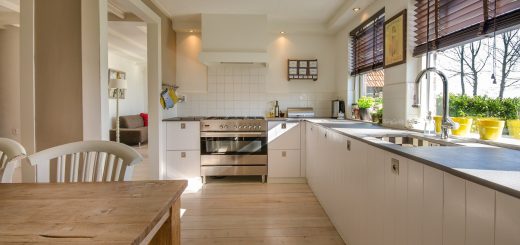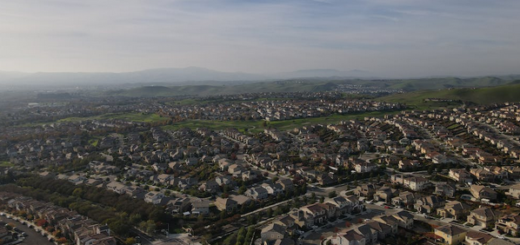Most Common Causes of Commercial Roof Repairs
The roofing is a company’s first line of protection against these elements. With appropriate care and upkeep, most systems will endure for over a decade, but damage does occur. Each roof differs and weather conditions change radically, but there are some early indications you ought to search for no matter your geographical location. North Texas storms wreak havoc on roofs. Should you see one of these signals, it is probably a fantastic time to call in the pros to restore your roof. Below are a few of the most frequent causes of commercial roofing repairs that business owners should search for during the year.
Damaged Flashing
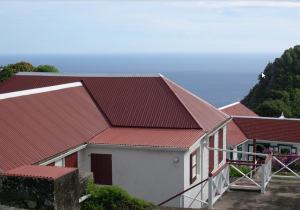 Metal flashing covers seams and joints to maintain water and debris from the underlayment. With time, this may result in leaks within the construction and result in long-term harm. Extreme winds may ruin houses, and business constructions are not any different. No cost substances can capture the end and be detached from the surface throughout windstorms or intense gusts. If the wind is strong enough, the implications can entirely dismiss the underlayment, leaving some of the surface unprotected by the elements.
Metal flashing covers seams and joints to maintain water and debris from the underlayment. With time, this may result in leaks within the construction and result in long-term harm. Extreme winds may ruin houses, and business constructions are not any different. No cost substances can capture the end and be detached from the surface throughout windstorms or intense gusts. If the wind is strong enough, the implications can entirely dismiss the underlayment, leaving some of the surface unprotected by the elements.
Lack of Maintenance
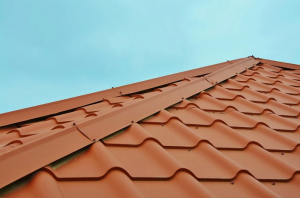 Regular repair is essential to delaying the life expectancy of a mechanical material framework. Suppose an organization proprietor plans periodic reviews because the seasons move or require a fixed proficiency at the mischief’s main sign. In that case, the machine will persevere for a very long while. However, if the substances aren’t looked after effectively, they’ll separate and need costly fixes or substitution. Material methods need excellent ventilation to defend development. The cement and sealant may debilitate and cause rankles or air bubbles while likewise setting unjustifiable strain on space’s casing.
Regular repair is essential to delaying the life expectancy of a mechanical material framework. Suppose an organization proprietor plans periodic reviews because the seasons move or require a fixed proficiency at the mischief’s main sign. In that case, the machine will persevere for a very long while. However, if the substances aren’t looked after effectively, they’ll separate and need costly fixes or substitution. Material methods need excellent ventilation to defend development. The cement and sealant may debilitate and cause rankles or air bubbles while likewise setting unjustifiable strain on space’s casing.
Pooling Water
Many industrial buildings use a flat roofing system. Though generally durable and easy to keep, horizontal choices are prone to pooling water, particularly in winter and spring. If water collects and doesn’t run off the construction, it may accelerate corrosion and induce the company owner to program commercial roofing repairs sooner than could otherwise be required. While this dilemma occurs more frequently in residential areas, some companies are susceptible to harm by low-hanging branches. As trees go in the end, their branches scratch along the face of structures, damaging the materials, siding, as well as the seal between the exterior roof materials along with the waterproof membrane beneath. Trimming the low-hanging branches should be sufficient to maintain the materials in good shape.


